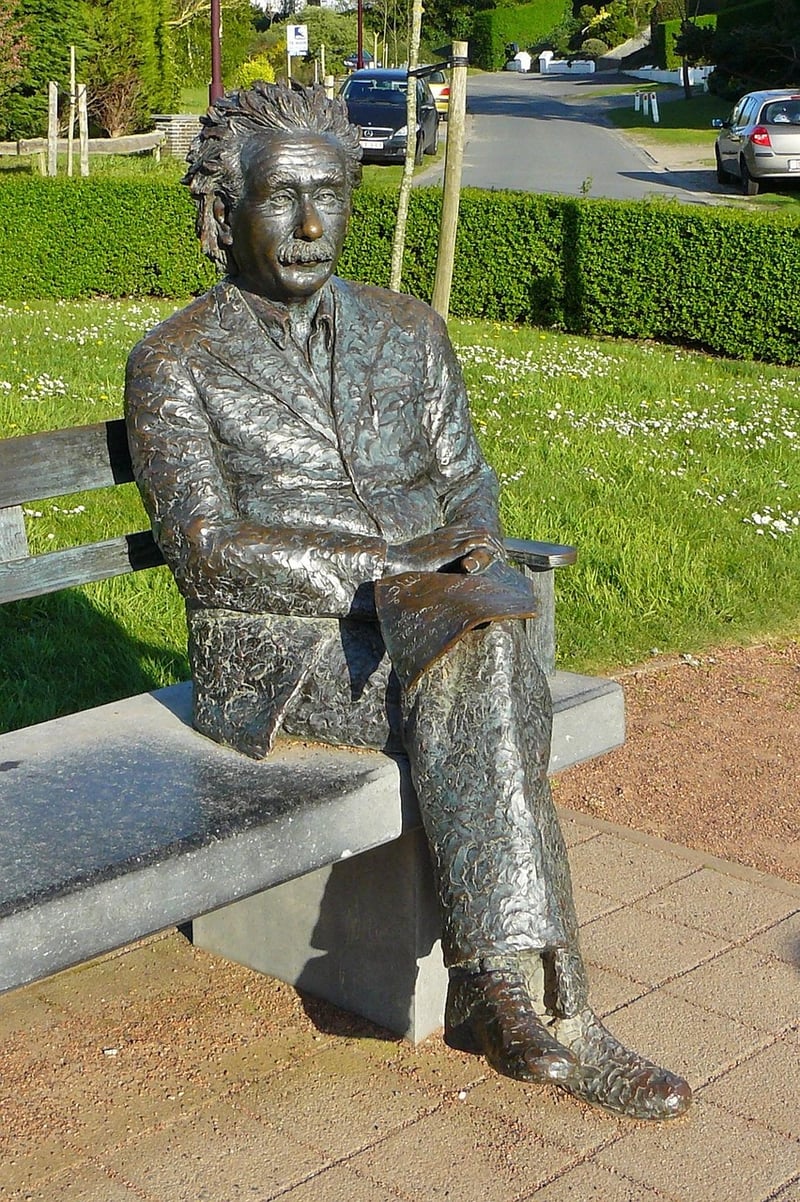Temporal Paradoxes
Exploring Mechanisms for Time Travel and Understanding Temporal Paradoxes
Introduction to Time Travel
Time travel has long been a fascinating concept in science fiction, allowing individuals to journey to the past or future. While time travel remains a theoretical possibility, various mechanisms have been proposed to understand how it could potentially work.
Mechanisms for Time Travel
1. Wormholes
One of the most popular theories for time travel involves the use of wormholes. Wormholes are hypothetical tunnels in spacetime that connect two separate points in space and time. By traversing a wormhole, it could be possible to travel through time as well as through space.

2. Time Dilation
Time dilation is a concept from Einstein's theory of relativity where time moves slower in strong gravitational fields or at near-light speeds. This effect could potentially allow for time travel to the future, known as "time dilation time travel."

Temporal Paradoxes
1. The Grandfather Paradox
The Grandfather Paradox is a classic example where a time traveler goes back in time and prevents their grandparents from meeting, thus preventing their own existence. This paradox questions the possibility of changing the past without creating contradictions.
2. Bootstrap Paradox
In the Bootstrap Paradox, an object or information is sent back in time in an infinite loop with no origin. This paradox raises questions about the origin of events and the causality of actions in a time loop.
Conclusion
While time travel and temporal paradoxes are captivating concepts, they remain largely theoretical and present complex challenges in terms of physics and philosophy. Exploring these ideas allows us to delve into the intricacies of time, causality, and the nature of reality.
For further reading on time travel and temporal paradoxes, check out Space.com's article on time travel.
